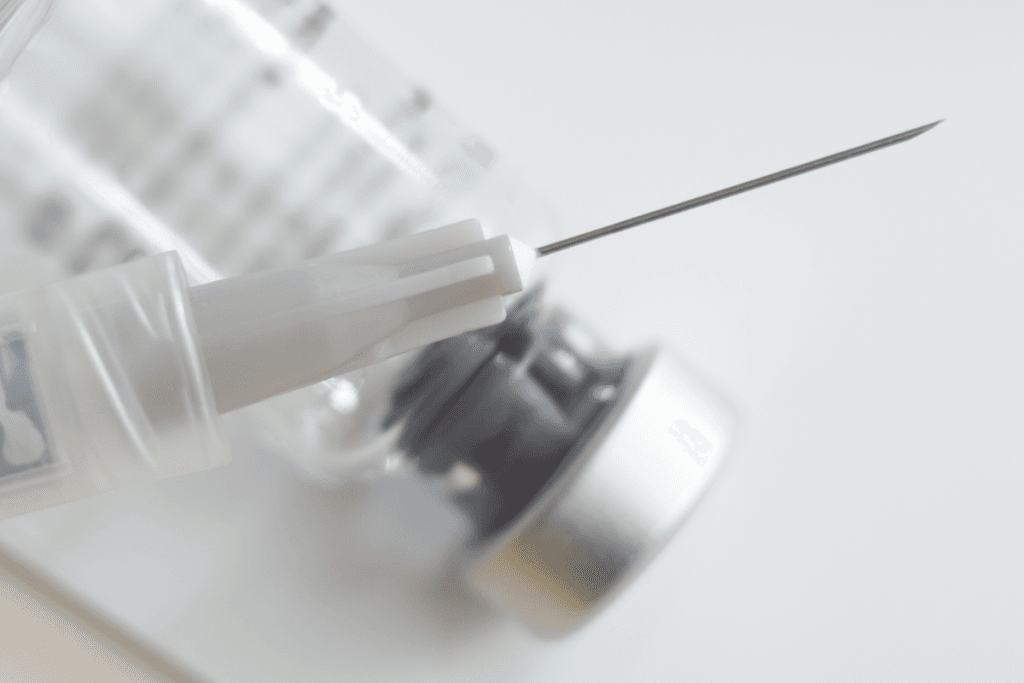Xolair (omalizumab) has transformed the management of chronic hives (chronic spontaneous urticaria) and severe allergic asthma, offering a lifeline for patients who have struggled to achieve relief with conventional therapies. This groundbreaking monoclonal antibody targets immunoglobulin E (IgE), a key component in allergic and inflammatory processes.
By binding to free IgE in the bloodstream, Xolair interrupts the cascade of immune responses that lead to inflammation, swelling, and respiratory symptoms. Its mechanism of action allows Xolair to address the root cause of these conditions rather than merely masking symptoms. This precision makes it an invaluable option for individuals with conditions driven by IgE, particularly those unresponsive to antihistamines, inhaled corticosteroids, or other standard treatments.
For medical practitioners, understanding Xolair’s mechanisms is crucial for identifying the right candidates, tailoring dosing regimens, and optimizing outcomes.
Understanding Xolair and Its Mechanism of Action
Xolair injection is a monoclonal antibody designed to target and neutralize IgE, a key player in allergic responses. By binding to free IgE in the bloodstream, Xolair reduces the activation of immune cells like mast cells and basophils, which release inflammatory mediators. This mechanism addresses the root cause of symptoms in chronic spontaneous urticaria (chronic hives) and severe allergic asthma, providing sustained relief.
For asthma, Xolair minimizes exacerbations by reducing airway inflammation and sensitivity to allergens. Chronic hives significantly decrease wheals and itching, even in patients unresponsive to antihistamines. Understanding how Xolair works enables clinicians to target treatment to patients most likely to benefit.
Key Indications: When to Consider Xolair
Xolair is approved for two primary conditions:
Severe Allergic Asthma
Xolair is indicated for patients aged six years and older with moderate to severe persistent allergic asthma not controlled by inhaled corticosteroids. It is particularly effective in reducing the frequency and severity of asthma exacerbations, improving quality of life.
Chronic Spontaneous Urticaria (CSU)
For patients aged 12 and older with CSU who remain symptomatic despite antihistamine use, Xolair offers a much-needed solution. Its ability to modulate IgE levels directly addresses the underlying mechanism of hives.
Xolair Dosing and Administration
The dosing and administration of Xolair (omalizumab) are highly individualized, reflecting its precision-based approach to treating chronic hives and severe asthma. Asthma patients’ dosage is calculated based on two critical factors: body weight and baseline serum IgE levels.
Doses typically range from 75 to 375 mg, administered subcutaneously every 2 to 4 weeks. This tailored dosing ensures patients receive the appropriate medication to neutralize excess IgE and manage their symptoms effectively. Adjustments may be needed over time as patients respond to treatment, making routine monitoring an essential part of care.
The dosing approach is simplified for patients with chronic spontaneous urticaria (chronic hives). Most patients receive a fixed dose of 150 mg or 300 mg.
Clinical Benefits of Xolair
Symptom Control
Xolair delivers substantial relief for patients grappling with chronic hives and severe asthma. Clinical studies for those with chronic spontaneous urticaria (chronic hives) show that Xolair significantly reduces the size and number of wheals (hives) and alleviates itching, often within just weeks of initiating therapy. This rapid improvement can be life-changing for patients who have struggled with persistent and uncomfortable symptoms unresponsive to antihistamines or other traditional treatments.
Asthma patients also report fewer exacerbations, improved airflow, improved airflow, and enhanced overall lung function. By targeting the underlying immunological pathways driving inflammation, Xolair reduces the frequency and severity of asthma attacks. This targeted action minimizes the need for emergency interventions and helps patients achieve better control over their respiratory health.
Improved Quality of Life
Beyond symptom relief, Xolair significantly enhances patients’ quality of life. For chronic hives patients, reduced itching and the resolution of visible wheals restore confidence and allow them to engage in daily activities without discomfort or embarrassment.
Asthma patients experience similar transformations, as improved lung function enables them to participate in physical activities and social interactions that were previously challenging. Additionally, the reduced reliance on emergency care and hospitalization eases the emotional and financial burden often associated with severe asthma and chronic hives.
Safety Profile
Xolair’s favorable safety profile is a cornerstone of its clinical success. When administered under medical supervision, the risk of serious adverse effects, such as anaphylaxis, is rare. Healthcare providers mitigate these risks by closely monitoring patients during and after injections, especially in the initial stages of treatment.
Most patients tolerate Xolair well, with mild side effects like injection site reactions or fatigue being short-lived. This robust safety record underscores Xolair’s reliability as a therapeutic option, making it suitable for long-term use in managing complex conditions.
Potential Xolair Side Effects and Monitoring
While Xolair is generally well-tolerated, medical practitioners should be aware of potential side effects. These include:
- Injection site reactions such as swelling, redness, or pain.
- Headache, fatigue, or dizziness.
- Rare but serious risks like anaphylaxis necessitate close observation after administration.
- Regular follow-up appointments allow for monitoring of patient response and any adverse effects.
Cost Considerations for Xolair Therapy
The price of Xolair can be a barrier for some patients, as it is a high-cost biologic. Insurance coverage and patient assistance programs significantly offset Xolair’s cost, making it more accessible. Healthcare providers should guide patients on navigating financial assistance options to ensure continuity of care.
Emerging Evidence: Does Xolair Increase IgA Levels?
Recent research has explored whether Xolair increases IgA levels, given its modulation of IgE. While preliminary studies show potential immune effects, further research is needed to determine clinical implications. This highlights the importance of updating emerging data to refine treatment strategies.
Patient Selection and Education: Maximizing Treatment Outcomes
Identifying ideal candidates for Xolair involves:
- Reviewing patient history for uncontrolled symptoms despite standard therapies.
- Confirming indications like allergic asthma or chronic urticaria through diagnostic tests.
- Educating patients about realistic treatment expectations, possible side effects, and the importance of adherence.
- Empowering patients with knowledge fosters collaboration and enhances outcomes.
Conclusion
Xolair represents a transformative advance in managing chronic hives and severe asthma. Addressing the underlying mechanisms of IgE-mediated diseases offers relief to patients who previously struggled with uncontrolled symptoms.
For healthcare practitioners, understanding Xolair’s clinical applications, dosing, and patient education strategies is essential for optimizing its benefits. Through ongoing monitoring and collaboration, Xolair can significantly improve patients’ quality of life.
Frequently Asked Questions (FAQs)
What is Xolair used for?
Xolair treats severe allergic asthma and chronic spontaneous urticaria that do not respond to traditional therapies.
How does Xolair work?
Xolair neutralizes IgE, reducing allergic inflammation and preventing symptom flare-ups in asthma and hives.
What are the side effects of Xolair?
Common side effects include injection site reactions, headache, and fatigue. Rarely, anaphylaxis may occur.
What is the cost of Xolair, and are assistance programs available?
Xolair is a high-cost biologic, but insurance and patient assistance programs can make it more affordable.






